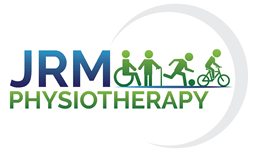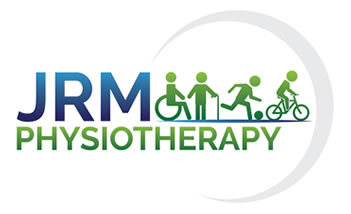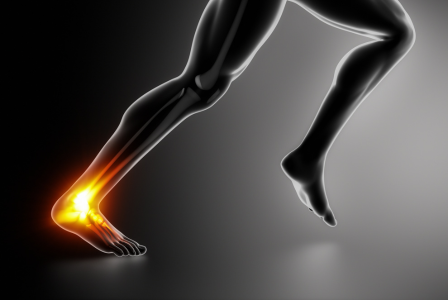Achilles Tendon Injury – causes & treatment
By Esther Gallick, HCPC Registered & Chartered Physiotherapist at JRM Physiotherapy.
What is the Achilles and what are Achilles tendon injuries?
The Achilles is a tendon. A tendon is a rough fibrous cord of tissue that attaches muscles to bone. The Achilles tendon is the thickest and strongest in the body. It attaches the gastrocnemius and soleus muscles (calf muscles) to the calcaneus (heel bone). The Achilles pulls on the heel when the calf muscles flex. The movement is vital to our ability to walk, run and jump.
What kind of injury affects the Achilles tendon?
The Achilles can fall vulnerable to a few types of injuries: tendinosis, peri tendinosis, tendon tears, bursitis, and ruptures.
Often caused by overuse or a sudden change in intensity or frequency, achilles tendon tears / tendinosises or bursitis can occur gradually over time or suddenly during exercise.
A rupture is sudden and either the result of an excessive sudden overload of the tendon, or as a result of multiple micro-tears untreated over a period of time.
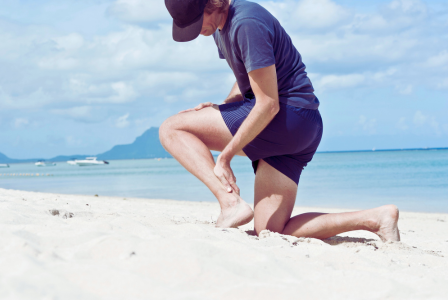
How are Achilles Injuries Treated?
Due to its fibrous tissue the tendon is very strong, however due to its poor vascular supply it tends to have slow healing and recovery times.
Tendinopathies & Bursitis Treatment
Tendinopathies and bursitis often feel better once the patient stops the aggravating stimulae. However pain returns as soon as the person restarts the activity. Rehab of an Achilles tendinopathy can take three – six months depending on severity. Physiotherapy, including soft tissue massage, transverse friction massage, shockwave therapy and acupuncture can help facilitate and quicken recovery. All of these treatments are available with our physiotherapy team at our clinic in Meltham.
Achilles Rupture Treatment
Ruptures need urgent input and it is not advised to ignore them or expect them to “get better on their own”. Rehab of a rupture – whether it is a conservative or surgical repair- can take up to 12 months. However it does also depend on what you hope to return to in terms of exercise and activity.
Initial treatment of a rupture involves immobilisation, either in plaster of Paris or Walker boot. After which physiotherapy input is definitely required. Physiotherapy could include:
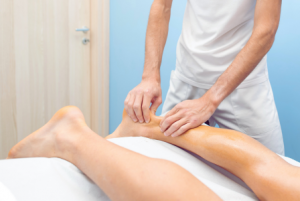 – range of movement exercises
– range of movement exercises
– eccentric loading / strengthening exercises
– plyometric strengthening exercises
– shockwave therapy
– acupuncture
– soft tissue massage
– transverse friction massage
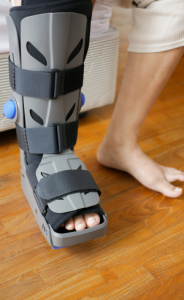
As a physiotherapist I am specifically trained to guide you through your rehabilitation and tailor your rehab programme to your goals and needs. Throughout my years as a physiotherapist I have seen Achilles problems at various stages, from acute flare ups of tendinosis, to response surgery where the patient has had to be in a plaster of Paris or wear a boot; as well as patients who have conservatively managed (i.e. without surgery) their injury. There is no quick fix for Achilles issues, but physiotherapy input can make a huge difference in recovery time and success. Recently I have supported a conservatively managed (no surgery) Achilles rupture on a patient. It has taken approximately 36 weeks for the patient to return safely to their full duties as a volunteer firefighter. In our most recent session, this patient demonstrated equal power and range when completing single leg vertical and longitudinal jumps, which has only been achieved through physiotherapy input and patient commitment to rehab.
Early intervention can prevent further problems – call 01484 968017 or book your appointment with one of our expert team of physiotherapists. You can find out more about our treatments here: Physiotherapy Treatments
